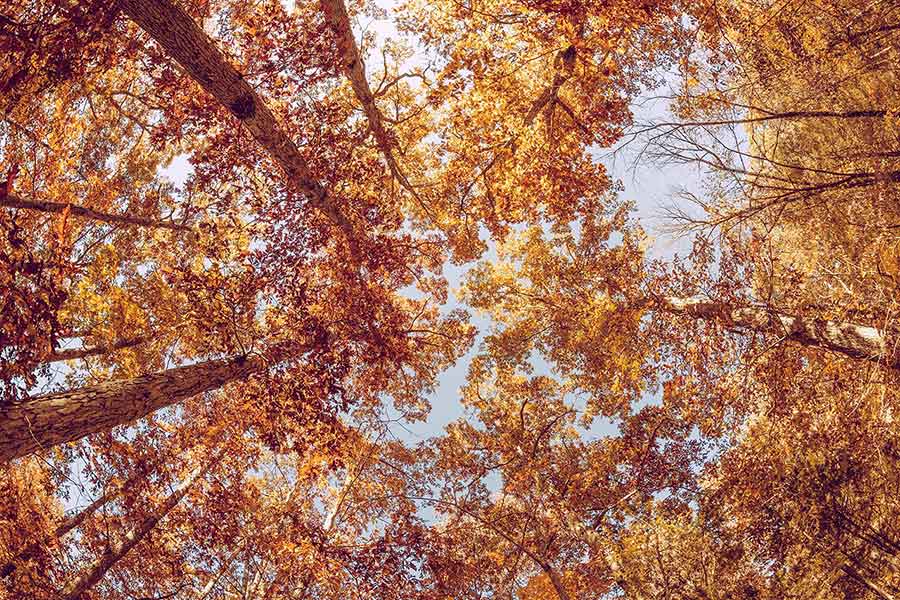Autumn Photography Tips: Choosing Your Subject
Autumn, with its rich palette of colors and dynamic light, offers a wealth of photographic opportunities. To capture the essence of this vibrant season, here are some tips to help you choose compelling subjects and craft stunning autumnal images.
Work Harder for the Perfect Shot
Don’t settle for the first scene you come across. Exploring different viewpoints or hiking a bit further can reveal the perfect composition that captures the essence of autumn.
Incorporate Water for Reflective Beauty
Water bodies can add symmetry and beauty to your landscape shots. Calm lakes or still ponds can mirror the autumnal beauty, creating stunning, reflective compositions. Use polarizing filters to enhance colors and manage reflections.
Get Down Low
Sometimes the best perspective is found close to the ground. Don’t hesitate to get a bit muddy to capture the unique angles of autumn, from the forest floor to the underbrush.
Add Clouds to the Sky
Cloud formations can add depth and drama to your autumn skies, enhancing the overall composition. They can also create dynamic lighting conditions, casting interesting shadows and enriching the scene’s colors.
Emphasize the Sky
If the sky presents a spectacular show of colors or cloud patterns, let it dominate the frame. Changing the typical landscape rule to feature more sky can add a dramatic effect to your images.
Use a Telephoto Lens
Telephoto lenses can isolate specific autumnal details, making them stand out. This approach allows you to capture the texture and color of individual elements, like leaves or branches, which might be lost in a wider landscape view.
Maximise Depth of Field
A wide depth of field ensures sharpness throughout the scene, from the foreground to the distant background. Techniques like hyperfocal focusing can help achieve this, ensuring all elements are in clear detail.
Take Advantage of the Sun
The right sunlight can transform an autumn scene, enhancing colors and casting long shadows that reveal texture and form. Use the sun to backlight leaves and trees, creating a luminous, glowing effect that highlights the beauty of fall.
Timing is Everything
The peak of autumn color is fleeting, so timing your shoots is crucial. Monitor the changing leaves and weather patterns to ensure you’re capturing the landscape at its most vibrant.
Capture the Glow of Autumn
Backlighting autumn foliage can illuminate the leaves, creating a radiant, glowing effect that showcases their colors and shapes against a darker background.
By following these tips and embracing the unique qualities of the season, you can create compelling, memorable images that capture the essence of autumn.
Autumn Photography Tips: Setting Up Your Camera
Capture Fog and Mist
Autumn mornings often bring fog or mist, creating ethereal and moody landscapes. Use a tripod to stabilize your camera for the longer exposures typically needed in these conditions. While colors may appear subdued, they can be enhanced post-capture, but capturing the scene correctly in-camera is preferable.
Creating Movement
For dynamic autumn scenes, try vertical panning to blur stationary subjects, adding a sense of motion. Experiment with shutter speeds and movements to achieve the desired effect. A creative method involves smearing Vaseline on a clear filter, creating streaks that alter the image’s texture.
Get Your Exposure Right
Aim for accurate in-camera exposure to avoid post-processing fixes. Be mindful of tricky lighting conditions that could lead to underexposure. Utilize exposure compensation to ensure you capture the scene’s dynamic range effectively.
Use a Wide-Angle Lens
Wide-angle lenses are ideal for capturing expansive autumn landscapes. They provide a large depth of field and exaggerate distance and scale, bringing a dramatic perspective to your photos.
Consider the Frame’s Content
Be proactive in arranging your scene; sometimes, a little alteration can significantly enhance your composition. This could mean adding vibrant leaves to the foreground or removing distracting elements.
Shoot at Sunrise and Sunset
The soft light of golden hour enriches the autumn colors, offering ideal lighting for landscape photography. Using ND grad filters can balance the exposure between the bright sky and the land.
Use Neutral Density Grad Filters
ND grad filters help manage the contrast between skies and landscapes, ensuring balanced exposures and preventing washout in brighter areas.
Stabilize Your Tripod
For sharp, clear images, especially during long exposures, ensure your tripod is as stable as possible. Consider methods to secure your tripod further, such as adding weight or using specialized straps for transport.
Compose for Depth
Create a sense of depth by using a wide-angle lens and emphasizing the foreground. This technique draws viewers into the scene, providing a strong sense of place.
Embrace Bad Weather
Stormy conditions can lead to some of the most compelling landscape images, with dramatic skies and dynamic lighting. Be prepared to shoot when the weather breaks, capturing the contrast between dark skies and illuminated land.
By following these tips, you can set up your camera to capture the rich, vibrant beauty of autumn effectively, utilizing the season’s unique conditions to create stunning photographs.


